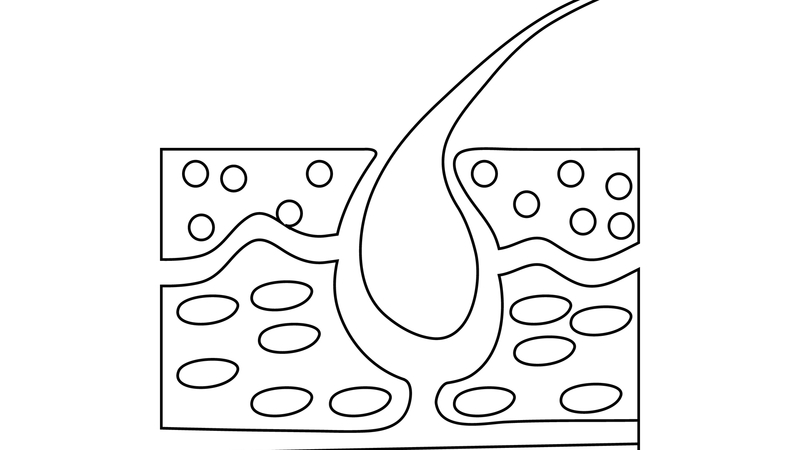Hair loss ups risk of developing non-cancerous tumours in uterus
ANI Dec 29, 2017
A study has recently warned that women, with a common form of hair loss, are at increased risk of developing non-cancerous tumours that grow along or within the walls of the uterus.

According to researchers, the medical records gathered on hundreds of thousands of African-American women suggested that women with a common form of hair loss have an increased chance of developing uterine leiomyomas, or fibroids.The results suggested a five-fold increased risk of uterine fibroids in women with CCCA, compared to age, sex and race matched controls.CCCA predominantly affects black women and is the most common form of permanent alopecia — baldness — in this population.
Author Crystal Aguh from the Johns Hopkins University’s school of medicine, said that the scarring associated with CCCA is similar to the scarring associated with excess fibrous tissue elsewhere in the body, a situation that may explain why women with this type of hair loss are at a higher risk for fibroids.The team analysed patient data from from 2013-2017 of 487,104 black women ages 18 and over.
The prevalence of those with fibroids was compared in patients with and without CCCA.The findings indicated that 13.9 percent of women with CCCA also had a history of uterine fibroids compared to only 3.3 percent of black women without the condition.In absolute numbers, out of the 486,000 women who were reviewed, 16,212 had fibroids.However, the association was strong enough, she adds, to recommend that physicians and patients be made aware of it.
The researchers call on physicians who treat women with Central Centrifugal Cicatricial Alopecia (CCCA) to make patients aware that they may be at increased risk for fibroids and should be screened for the condition, particularly if they have symptoms such as heavy bleeding and pain.Women with this type of scarring alopecia should be screened not only for fibroids, but also for other disorders associated with excess fibrous tissue, Aguh noted.
The research is published in the JAMA Dermatology journal.
-
Exclusive Write-ups & Webinars by KOLs
-
Daily Quiz by specialty
-
Paid Market Research Surveys
-
Case discussions, News & Journals' summaries